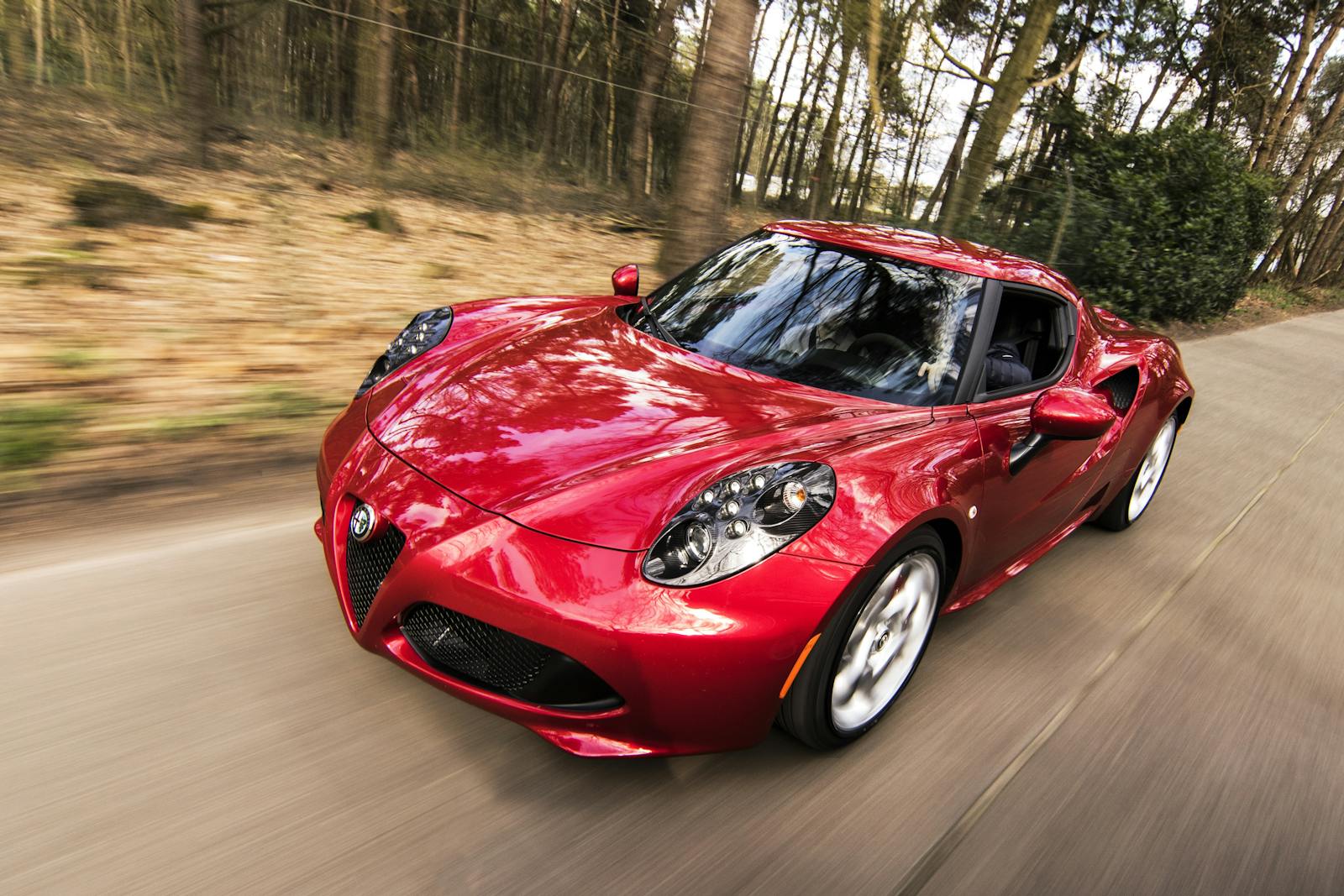The old guard is still working hard to bring back the War on Drugs – state by state.
Since the arrival of Uber and Lyft, drunk driving has slowly started to decrease. Researchers estimate ridesharing was responsible for a 6.1% overall reduction in traffic fatalities and a reduction in alcohol-related within four years after their launch. Drunk driving became illegal in 1988 when the National Minimum Drinking Age Act was fully implemented. But in today’s world, drinking is slowly losing favor to using cannabis. But like drinking, you shouldn’t consume marijuana and drive.
RELATED: Science Says Medical Marijuana Improves Quality Of Life
While smell and breathalyzer tests have been effective for alcohol, technology has not fully caught up with cannabis. But that shouldn’t be a reason to skate the issue and try to drive eif stoned. Cannabis use can significantly impair driving ability and increase the risk of motor vehicle accidents. While the effects are generally less severe than those of alcohol, cannabis still poses dangers to road safety that drivers should take seriously.

While both substances impair driving, there are some key differences. Cannabis users tend to drive more cautiously and slowly compared to drunk drivers. The impairment is usually more subtle and shorter-lasting than alcohol impairment.
But marijuana alone affects several key skills required for safe driving:
- Slowed reaction time: Cannabis use delays a driver’s ability to respond quickly to sudden changes on the road.
- Impaired coordination: Motor skills and hand-eye coordination become diminished.
- Distorted perception: Cannabis can alter depth perception and time awareness.
- Reduced attention: Users may have difficulty focusing on driving tasks and maintaining lane position
The level of impairment tends to be dose-dependent, with higher THC doses leading to greater driving impairment and crash risk
RELATED: Biden Administration Puts A Knife Into The Cannabis Industry
Driving under the influence of alcohol and cannabis is illegal in all U.S. states, even where cannabis use is otherwise legal. But unlike alcohol, there is no universally accepted blood THC level indicating impairment, making enforcement challenging. Research and both for private companies and governments are figuring out ways to gauge impairment with cannabis.
Combining cannabis and alcohol leads to significantly higher levels of impairment than either substance alone.


